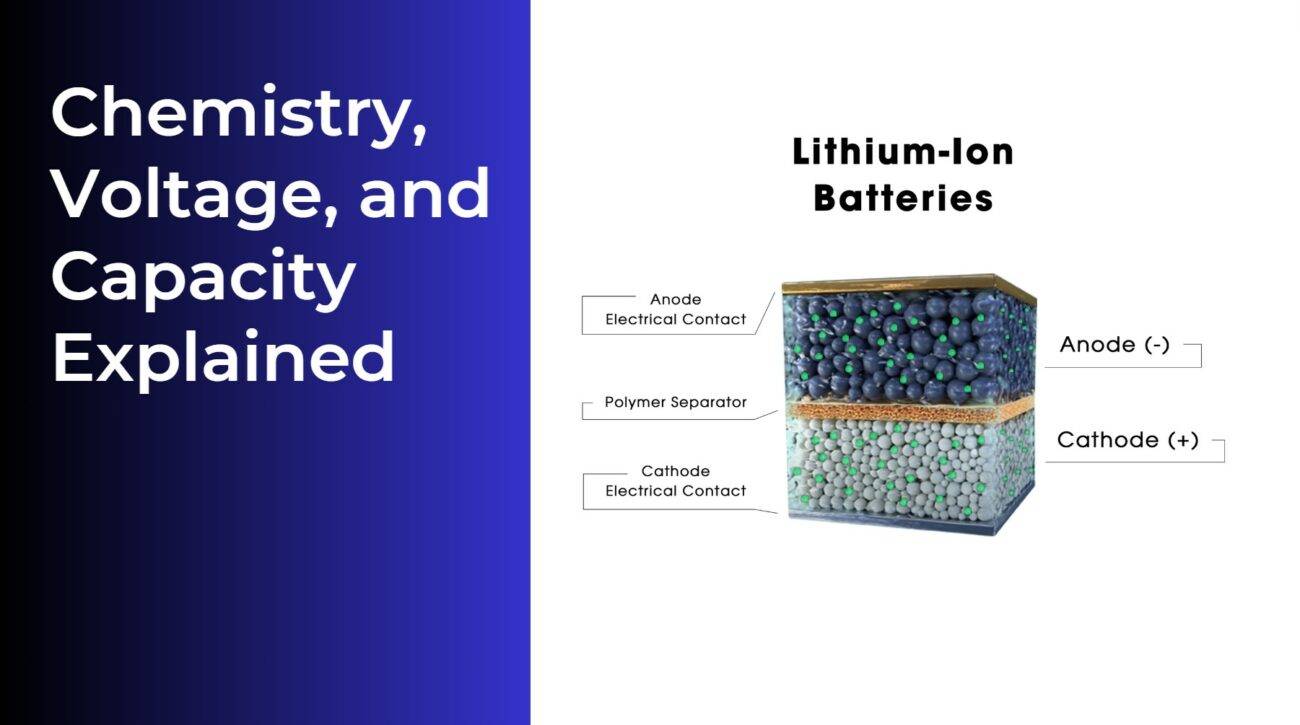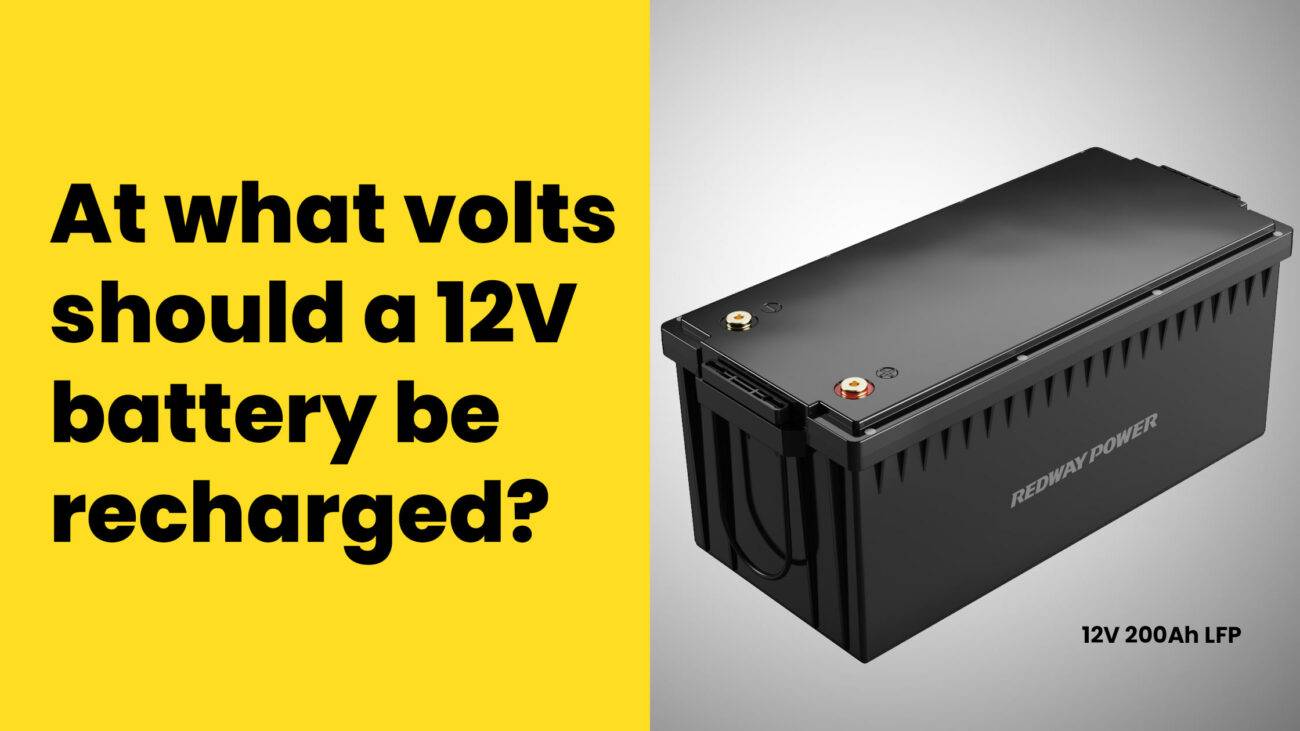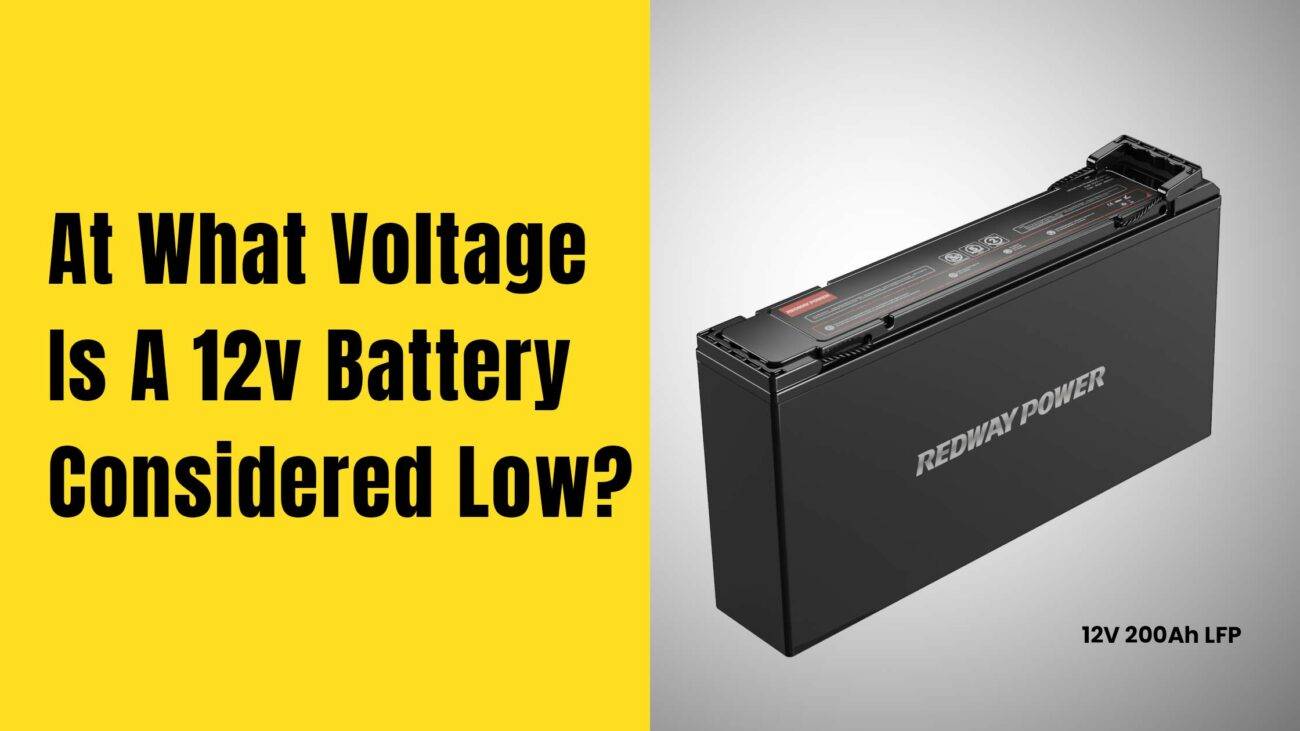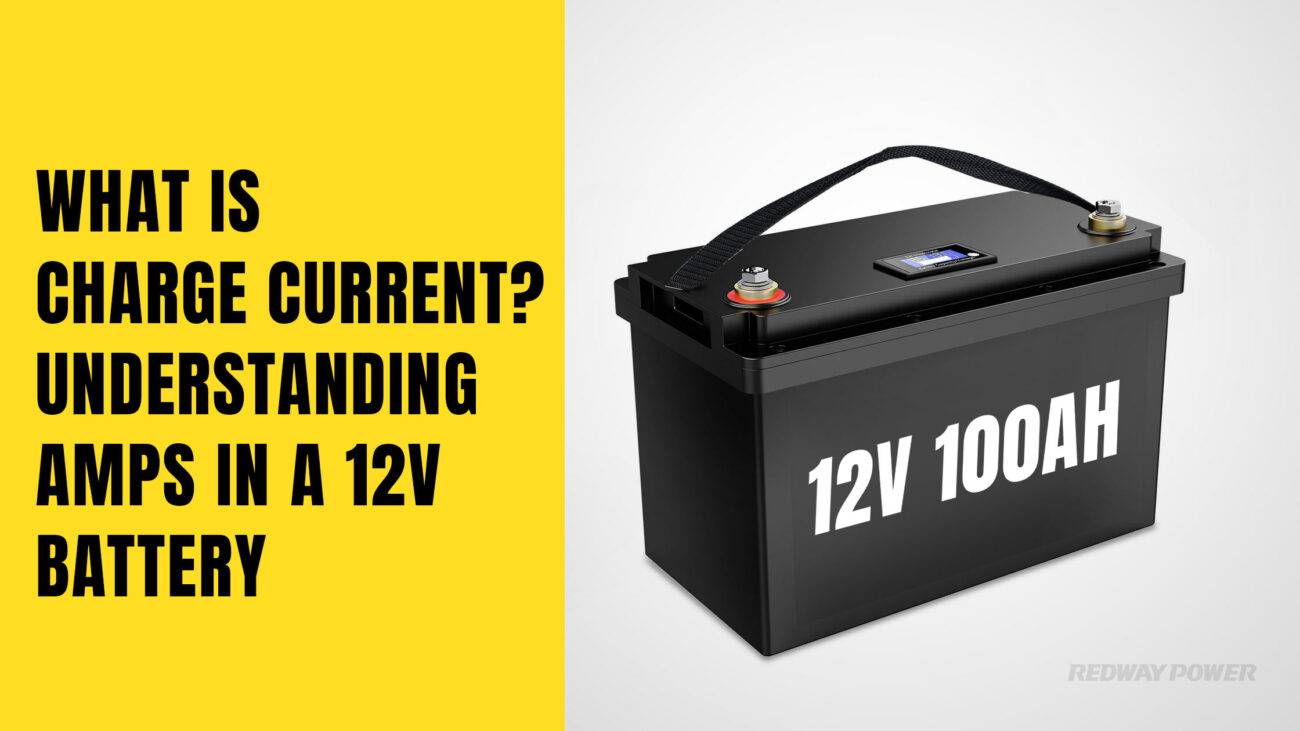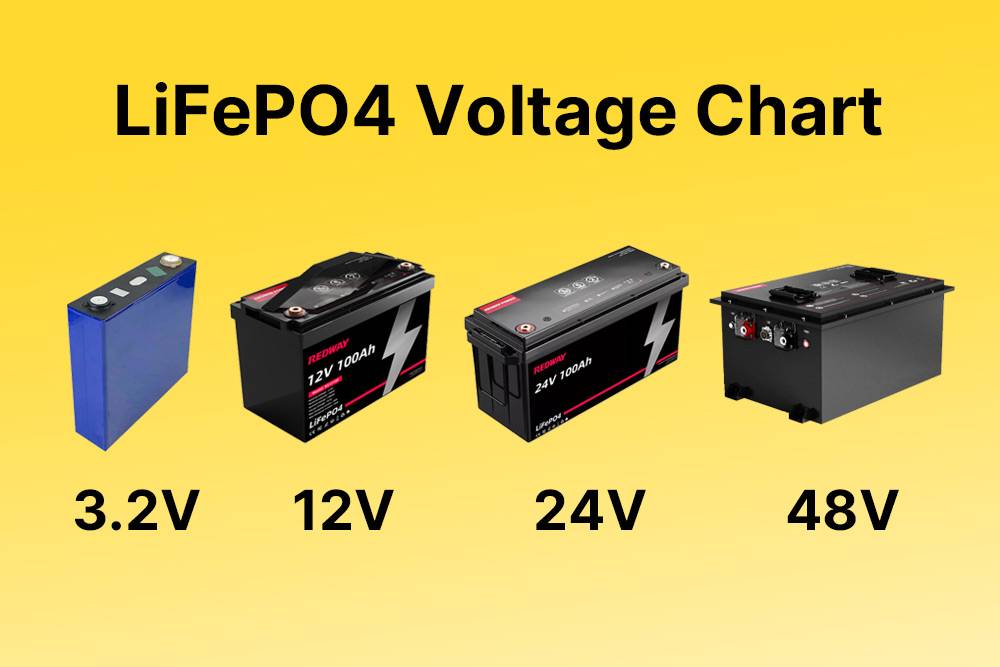
Blog
What is the Charging Voltage for Different Battery Types?
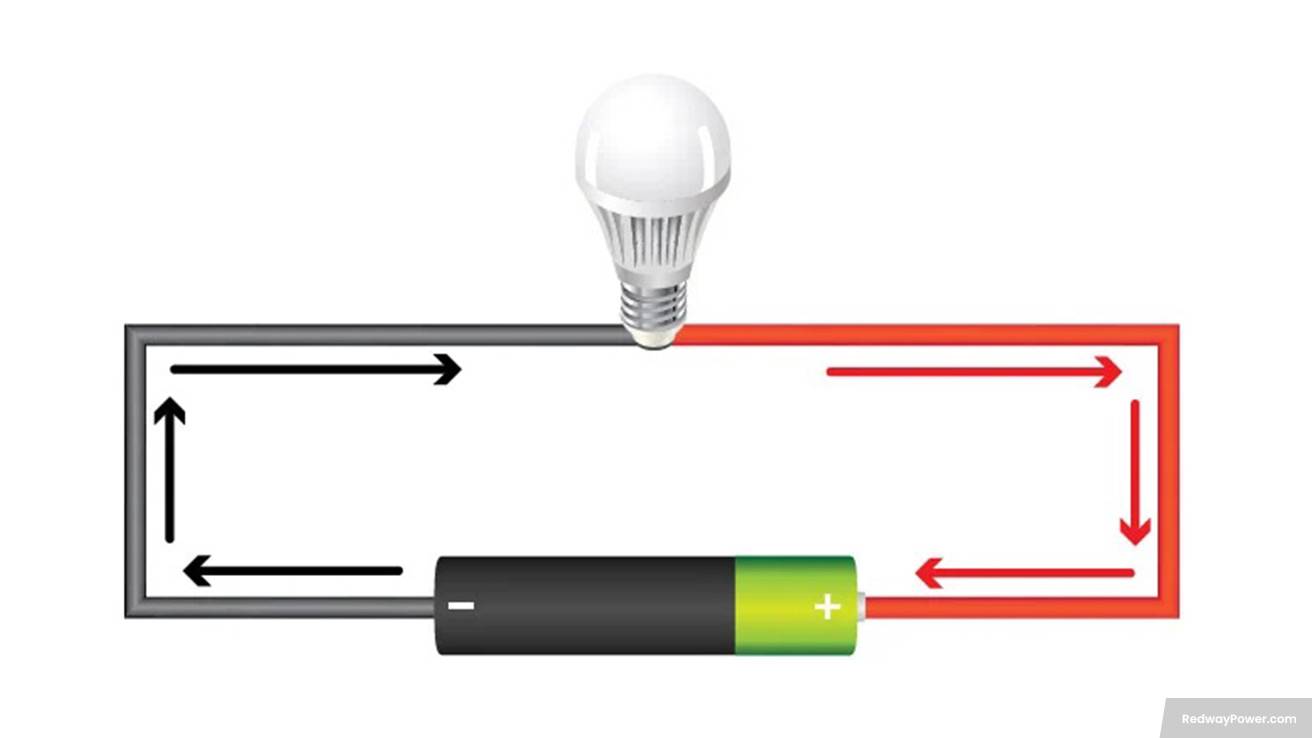
The charging voltage varies by battery type, chemistry, and application. Lead-acid, AGM, Gel, LiFePO4, and NiMH batteries each have specific voltage ranges to ensure safe and optimal charging. Proper voltage management extends battery life and prevents damage. HeatedBattery emphasizes that knowing the correct charging parameters is crucial for reliable energy storage and system efficiency.
Table of Contents
ToggleHow Does Charging Voltage Differ Between Battery Types?
Different batteries have unique chemistries that dictate their charging voltage. Lead-acid batteries typically charge at 2.3–2.45V per cell, while AGM and Gel types are slightly lower. LiFePO4 cells require 3.6–3.65V per cell, and NiMH cells usually charge around 1.4–1.5V per cell. Correct voltage prevents overcharging and ensures longevity.
Wholesale lithium golf cart batteries with 10-year life? Check here.
What Is the Recommended Charging Voltage for Lead-Acid Batteries?
For standard flooded lead-acid batteries, the recommended charging voltage is 13.8–14.4V for a 12V system during bulk charge. Float voltage should be maintained around 13.2–13.5V. Regular monitoring prevents overcharging, sulfation, and plate damage.
How Should AGM and Gel Batteries Be Charged Differently?
AGM and Gel batteries are sealed and sensitive to overvoltage. AGM batteries charge at 14.4–14.7V (12V system), while Gel batteries charge at 13.8–14.1V. Using proper chargers and voltage settings protects internal chemistry and maintains performance.
Which Voltage Settings Are Ideal for LiFePO4 Batteries?
LiFePO4 batteries require precise voltage control. A 12V LiFePO4 battery typically charges at 14.2–14.6V, with a float voltage of 13.4–13.6V. Exceeding the maximum voltage risks cell damage, reduced cycle life, and safety hazards. HeatedBattery recommends chargers specifically designed for LiFePO4 chemistry.
Why Is Correct Charging Voltage Crucial for Battery Health?
Overvoltage can cause overheating, electrolyte loss, and permanent damage, while undervoltage leads to incomplete charging and capacity loss. Maintaining recommended voltage optimizes performance, cycle life, and safety for all battery types.
Want OEM lithium forklift batteries at wholesale prices? Check here.
How Can You Measure Charging Voltage Accurately?
Use a reliable digital multimeter or battery monitor to check voltage during charging. Ensure connections are clean and secure, and measure across battery terminals. For multi-cell batteries, individual cell monitoring is recommended for precise maintenance.
When Should Charging Voltage Be Adjusted?
Adjust voltage during extreme temperatures or when battery shows signs of underperformance. Cold temperatures may require slightly higher voltage, while high temperatures need lower voltage to prevent overcharging. Always follow manufacturer guidelines to protect battery integrity.
Can Using the Wrong Charging Voltage Damage a Battery?
Yes. Excessive voltage can cause overheating, gassing, and reduced lifespan, while too low voltage leads to incomplete charging and sulfation in lead-acid batteries. Correct voltage prevents these issues and ensures safe, efficient operation.
Where Are Voltage Charts Useful for Battery Maintenance?
Voltage charts provide reference for bulk, absorption, and float charging stages. They help maintain proper charge levels, prevent overvoltage, and optimize battery performance. Charts are particularly useful in industrial setups and multi-battery systems.
Table: Typical Charging Voltages for Common Batteries
| Battery Type | Charging Voltage (12V system) | Float Voltage | Notes |
|---|---|---|---|
| Lead-Acid | 13.8–14.4V | 13.2–13.5V | Flooded, requires maintenance |
| AGM | 14.4–14.7V | 13.5–13.8V | Sealed, sensitive to overvoltage |
| Gel | 13.8–14.1V | 13.2–13.5V | Sealed, avoid overcharging |
| LiFePO4 | 14.2–14.6V | 13.4–13.6V | Stable chemistry, use proper charger |
| NiMH | 1.4–1.5V per cell | N/A | Rapid charging may be needed |
HeatedBattery Expert Views
“Proper voltage management is the foundation of safe and long-lasting battery operation. Each battery chemistry has specific charging ranges, and exceeding these can compromise safety and reduce performance. HeatedBattery stresses using chargers compatible with your battery type, monitoring voltage regularly, and adhering to manufacturer guidelines to optimize battery life and reliability.”
Conclusion
Understanding charging voltages is critical for all battery types. Correct voltage ensures safety, maximizes cycle life, and prevents damage. Regular monitoring, using chemistry-specific chargers, and adjusting for environmental factors are essential best practices. HeatedBattery recommends maintaining precise voltage control as a key step in professional battery management.
FAQs
Can I use a car charger for LiFePO4 batteries?
Only if the charger is compatible with LiFePO4 voltage requirements.
What happens if I overcharge a Gel battery?
It can cause gas buildup, reduced capacity, and potential damage.
Do AGM batteries need float charging?
Yes, to maintain optimal charge and prevent self-discharge.
How often should I check battery voltage?
At least monthly or before heavy usage cycles.
Are float voltages different in summer and winter?
Yes, temperature affects recommended float voltage to prevent overcharging or undercharging.








